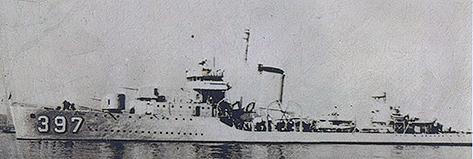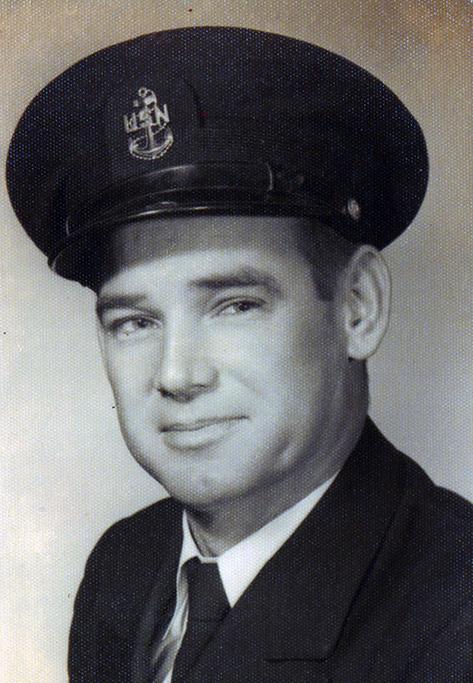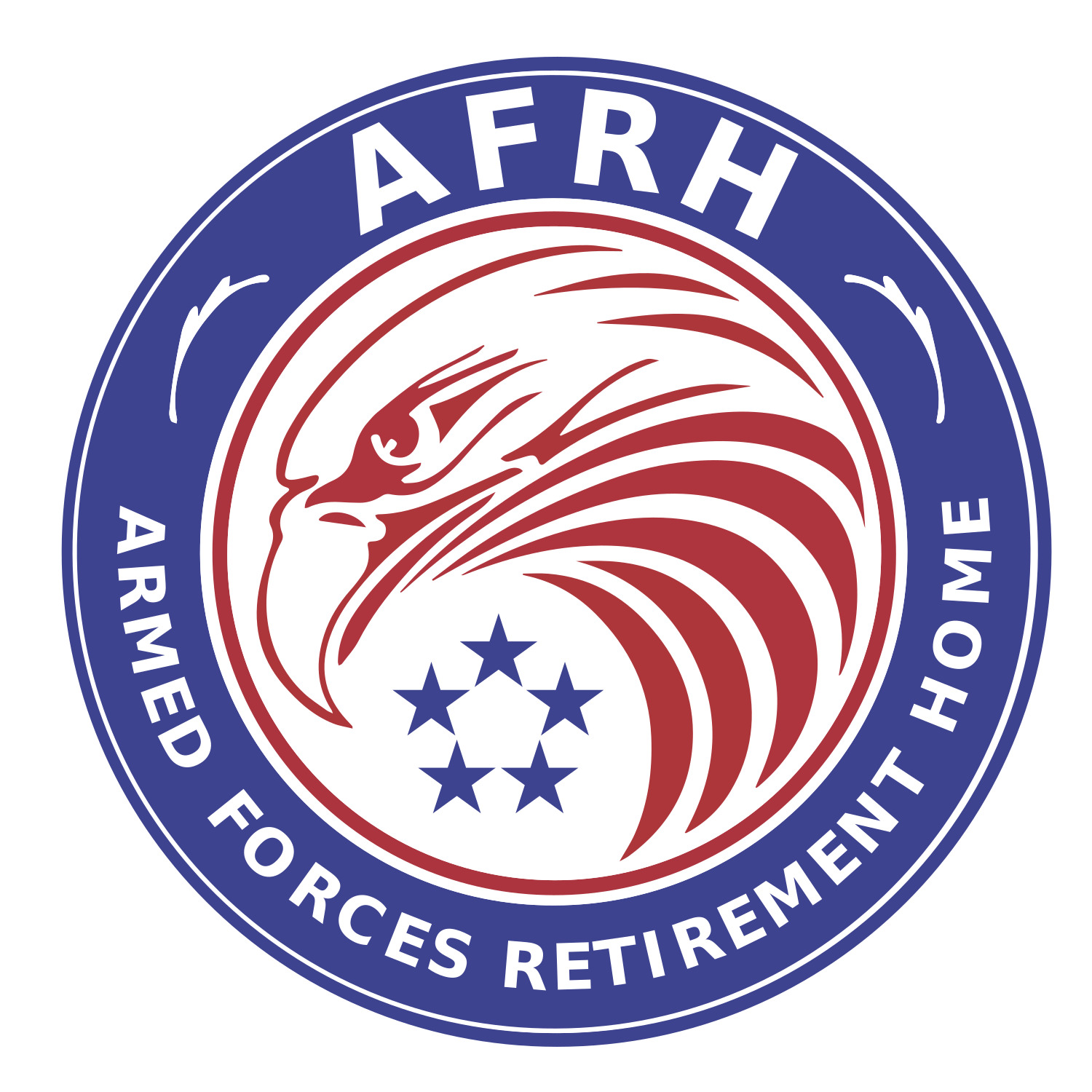

Story by John Bowery
Departing from my usual format, I am picking up this story in 1939, some two years before the most horrible times in our memory (those of us that are 70 years and up).
This was also the most fearful, exciting and mind blowing thing any of us had ever experienced, and in our wildest dreams or imagination, not one of us could have conjured up what was going to happen or would happen to us in the next five years.
This is only one of those stories and will feature Chief Gunners Mate Hugh Albert Wingo. Here’s his story:
On December 7th, 1941, the Japanese attacked Pearl Harbor and by that dastardly act (not my words, but our President, Franklin D. Roosevelt) started the journey that would involve nearly every one on this planet. Gunner's Mate 2nd class Hugh Wingo was a member of the crew of the USS Benham. The Benham received sealed orders just four months after Pearl Harbor was attacked. They and the small Task Force that accompanied them joined up with a larger Task Force that included the carrier, the USS Hornet.
On board the Hornet was Colonel Doolittle and 16 B-25 bombers. This task force steamed under full power towards Japan. They arrived somewhere around 600 miles off the coast of Japan. It was early morning on April 18, 1942. Colonel Dolittle's B-25's were already lined up with engines revved and fine tuned waiting for the signal to launch them on the raid to attack Tokyo. They launched and from that moment on, everyone on the Hornet, the Benham, and all members of the flight crews knew that this was the beginning of the end for the Empire of Japan.
On April 18 at 2:45 p.m., radio broadcasts from Japan confirmed the raids had been successful and it was a tremendous boost in morale for every American wherever in the world they were at the moment they received this information.
The Benham and the rest of the ships that were involved headed home at full speed. The seas were rough and the Benham took a huge wave over the bow that went over the bridge and down the stacks. This put out the fires in the boilers and they were, in fact, dead in the water. The rest of the Task Force left them with a terse message, "catch up when you can." This was scary and had all of the crew watching out for ships, subs and aircraft. After all we were only 600 miles off the coast of Japan. The fires were restarted in about two or three hours and they re-joined the Task Force.
The Benham continued from there to many more skirmishes, battles and engagements against the Japanese until the night of November 14th, 1942. They, along with two battleships and four destroyers, were steaming toward Guadalcanal, hoping to surprise Japanese forces that were looking for them. They found each other near Savo Island. When the smoke cleared, the Japanese had lost one battleship and a destroyer. Another battleship, a cruiser and a destroyer were heavily damaged. The Japanese sank three American destroyers, including the Benham. It was a great surface battle win for the USA.
The Benham did not go down easily. A Japanese torpedo hit the forward starboard side and blew off 40 feet of hull and broke her keel about mid-ship. By some miracle, they did not lose a single man, but one man was blown overboard. He was picked up the next day by Marines from Guadalcanal. It was impossible to save the Benham. At 0406 on November 15, 1942, they were ordered to abandon ship and after three hours, they were picked up by the USS Gwyn DD433. They were ordered to finish the job and sink the Benham. The Gwyn fired one torpedo which went under the Benham, the next torpedo missed, the third one did not explode (if it hit it), and the fourth torpedo did what is known as an erratic run due to gyro failure (called doing a porpoise). It started toward the Benham leaping from the water, diving and leaping, then all of a sudden it made a 180 degree turn and headed toward the Gwen and if the Gwen had not backed down on speed it may have hit her, but instead it made another turn and was last seen leaping like a porpoise and heading out to sea.
CGM Wingo served his country for 20 years and retired in 1959. He served aboard five ships, two of which were carriers. He was awarded a Presidential Citation, American Defense Service Medal w/star, Asiatic Pacific Campaign Medal with 14 stars, Philippine Liberation Ribbon, and the Navy Good Conduct Medal with 4stars.
- Log in to post comments
